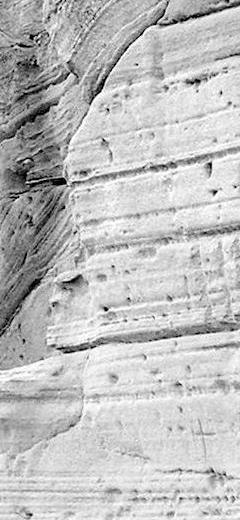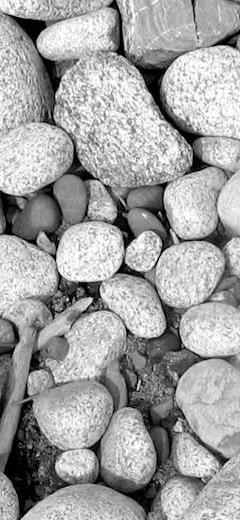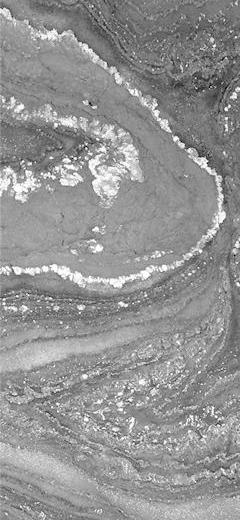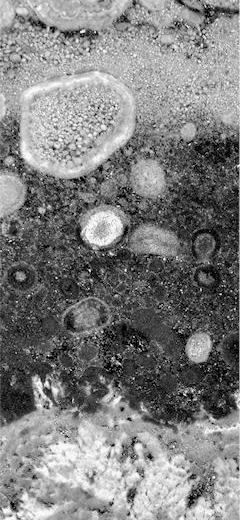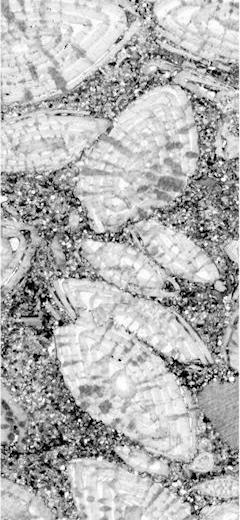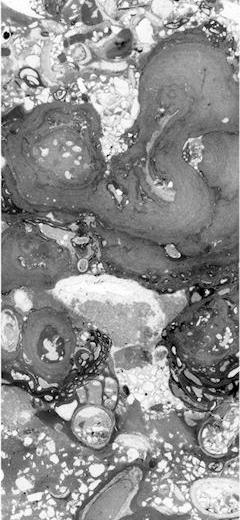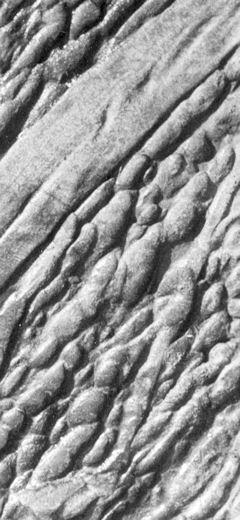ASGP (2025), vol. 95: 63–83
COMPOSITION AND STRATIGRAPHY OF AN OLISTOSTROME COMPLEX IN THE EOCENE DEEP-SEA DEPOSITS OF THE MAGURA NAPPE (OUTER CARPATHIANS, POLAND)
Anna WAŚKOWSKA (1), Mateusz SZCZĘCH (2*) & Jan GOLONKA (3)
1) AGH University of Krakow, Faculty of Geology, Geophysics and Environmental Protection, Mickiewicza 30, 30-059 Kraków, Poland; e-mail: waskowsk@agh.edu.pl
2) Jagiellonian University, Institute of Geological Sciences, Gronostajowa 3a, 30-387 Kraków, Poland; e-mail: mateusz.szczech@uj.edu.pl
3) Micropress Europe Micropaleontological Foundation, Mickiewicza 30, 30-059 Kraków, Poland; e-mail: jgolonka@agh.edu.pl
*) Corresponding author
Waśkowska, A., Szczęch, M. & Golonka, J., 2025. Composition and stratigraphy of an olistostrome complex in the Eocene deep-sea deposits of the Magura Nappe (Outer Carpathians, Poland). Annales Societatis Geologorum Poloniae, 95: 63–83.
Abstract: Within the Eocene turbidites of the Rača Zone of the Magura Nappe, a middle Eocene olistostrome complex approximately 200 m thick is present, containing redeposited middle Eocene, lower Eocene, and Paleocene deep-sea basinal deposits, as well as blocks of shallow-marine middle Eocene limestones and igneous rocks. It forms part of a large olistostrome horizon. The olistostrome originated through a series of individual gravitational slope failures. The displaced deposits occur in packets, separated by regular turbiditic deposits. In three sections, the following depositional units were identified: (1) a package of sedimentary mélange with blocks of metagabbro, serpentinite, and limestone; (2) a package of deformed turbidites; and (3) a package with olistoplaques of shales and marls, containing blocks of granitoid and limestone. The source area was located in the northern part of the basin and included a carbonate platform and basin slope. The material underwent relatively brief gravitational transport during the Bartonian. The age of the olistostrome was established on the basis of foraminifera: the Haplophragmoides acme and Praesphaerammina subgaleata (Vašíček) acme and Eocene marker taxa, e.g., Reticulophragmium amplectens (Grzybowski), Ammodiscus latus Grzybowski forma ovoidalis, as well as Eocene species of Subbotina and Acarinina. This olistostrome is one of several large ones that developed in the Carpathian part of the Tethys at that time.
Manuscript received 15 November 2025, accepted 30 May 2025

